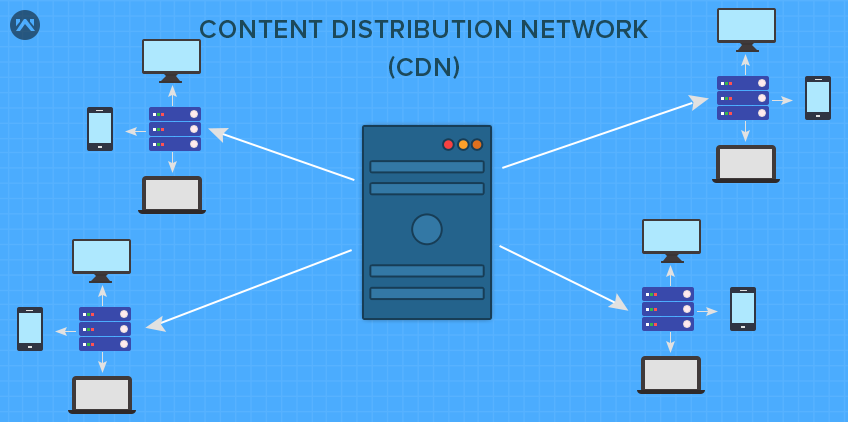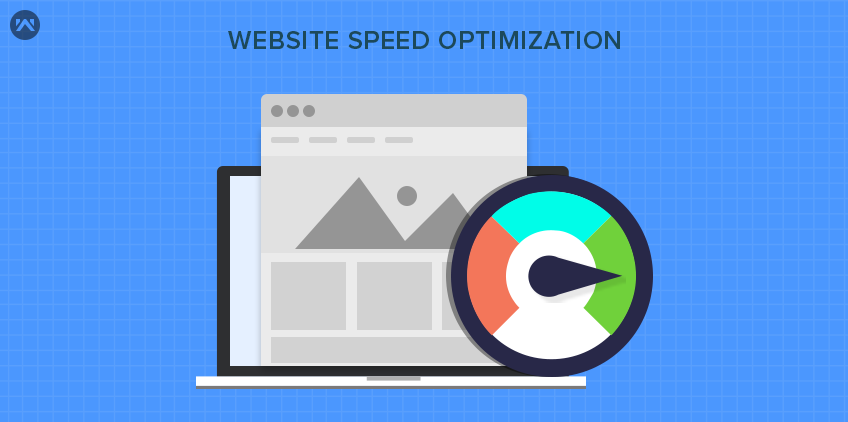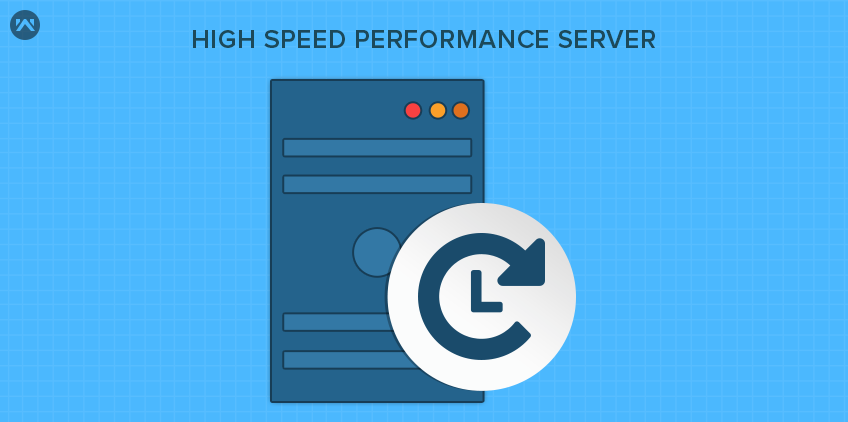Introduction
CDN – The term stands for content delivery or distribution network, where multiple servers are used across different geographic regions to transfer the website content data to it’s end-users. This technology is widely used in today’s internet world, almost all of the major websites have stored their data inside CDN servers which are located all across the globe. The main objective of this network is to provide faster data transfer to its end-users by reducing the web page loading time.
Content providers such as media companies and e-commerce vendors pay CDN service provider companies to deliver their content to their end-users. In turn, a CDN pays ISPs (Internet Service Providers), carriers, and network operators for hosting its servers in their data centers.
TTFB is Reduced
TTFB – Time to first byte, is used as a measurement figure to check the responsiveness of the website and its server. It basically measures the amount of time taken between creating a connection to the server and downloading the contents of a web page to its end-user on the computer. Every website wants to reduce it’s TTFB for their users, the website owner don’t want their end user to sit and wait for their page to load on the web browser.
Website Speed Optimization
The main objective of using this network technology is to optimize website speed and reducing loading time for it’s users. Nobody waits for more than 2-3 seconds for a page to load, every website owner wants to transmit their data to its users as fast as possible. Since most of the website data is static, it is stored in various different CDN servers spread across geographically. So whenever a user browser requests any content from the website, that particular content is directly downloaded from the nearest available CDN server to his location. This enable faster website performance to each and every user.
Static Content
Since most of the website data consist files such as CSS, JS and images & videos. These files are not updated regularly by the website owner. More than ninety percent of the website data is made of static files which remain same for every user. These kind of files are not modified or processed, the CDN server transmit the same file to each and every user, making static content to be one of the simplest and most efficient content types to transmit data over the internet network. So every website owner store their static data on CDN servers to allow faster browsing experience for it’s users.
High Speed Performance Server
Since there are many multiple servers located across different regions, there will be negligible server performance issues. While without CDN servers, the website server may face performance issues due to heavy traffic usage by the end users. There is a huge risk of server crashing due to heavy traffic load on the website, virus attack, urgent maintenance or upgrade, hardware or software failures. So a company needs to invest in having a reliable and a powerful dedicated server to provide high speed performance to it’s users on the website.
An average website server is equipped with a very high end hardware configuration, they have huge amount of RAMs, faster hard disks, latest CPU, OS etc. to transmit data to it’s multiple users. Unfortunately a single server cannot meet the thousands or millions of user requests. It’s cannot provide smooth and reliable experience to each and every user, a big enterprise needs to have a multiple CDN servers to reduce the load of the original server.
Bandwidth is Saved
Another advantage of using CDN servers is it’s ability to reduce bandwidth consumption of the website company, since all the heavy content files such as images, videos, js, css, icons etc. will be cached and stored in your dedicated CDN servers. So whenever a user’s web browser requires any content from the website, that required content will be downloaded from the nearest available CDN server not from the original website server.
The main website server only stores around 2-3% of website data, rest of the information is delivered by the nearest CDN servers. So that’s how a website company’s bandwidth data is reduced with the use of CDN servers.
Mostly Used in eCommerce Websites
eCommerce companies have thousands of products listed on their website, every product has its own page which consist of 5-6 high resolution images and detailed product information. The amount of static media content is very large on eCommerce websites, apart from shopping cart information, all the information is cached on CDN servers. All most every major eCommerce companies rely on CDN servers to deliver pleasant and faster online shopping experience for it’s end users. Since the consumer will be searching and scrolling through number of product pages before making a purchase decision and finally moving his/her desired item to shopping cart for checkout.
To find out whether an eCommerce website is using a CDN server or not, one can simply check the URL of the product page, for e.g. if you are shopping on Flipkart website and go to any product specific page and view any high resolution image using right click, you will be noticing that the URL of that image automatically changes to flixkart.com instead of Flipkart.com.
Some of the Major CDN Solution Providers
Every major CDN providers are based out from United States, here are few of them. Amazon CloudFront, launched in 2008 is owned by Amazon.com has it’s servers located in five continents – Europe, Asia, Australia, South America, and in every major cities in the US. Cloudflare, created in 2009 which apart from CDN services also provides internet network security services to it’s clients. MaxCDN started in 2009 is currently one of the largest CDN service provider today, Fastly is a startup company founded in 2011, provides CDN services with real time reporting to it’s clients.
Thank you for viewing this blog, share your kind views or opinions at [email protected]




Be the first to comment.